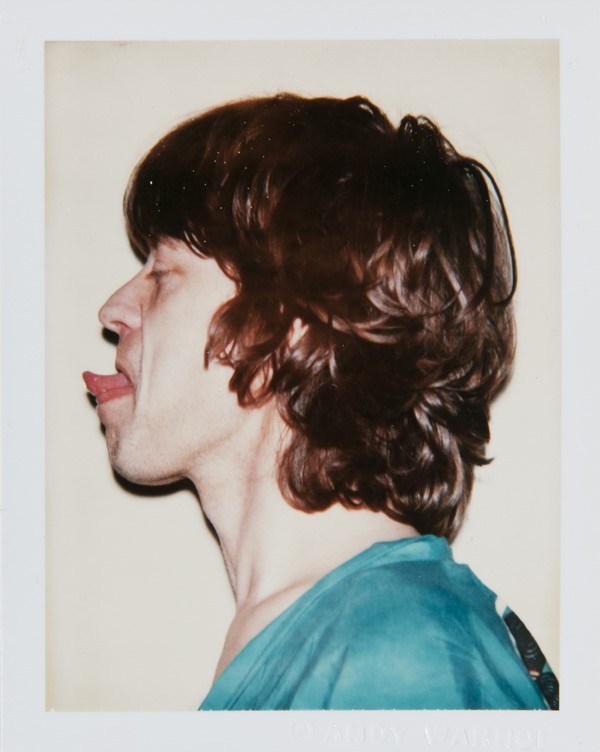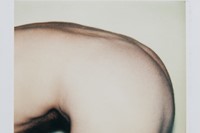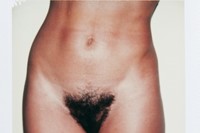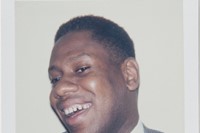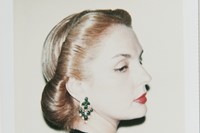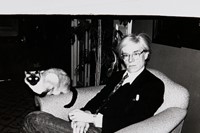Throughout Andy Warhol's career, one medium prevailed as a central source of inspiration and means of artistic expression for the revered Pop artist: photography...
When it came to artistic media, Andy Warhol was not one to limit himself, hand drawing, painting, printmaking, silk screening, sculpture, film, and music production being just some of the skills he employed. But throughout his career, one medium prevailed as a central source of inspiration and means of artistic expression for the revered Pop artist: photography. It was through a lens that Warhol was able to explore his favoured themes of celebrity, seriality and mortality with the greatest élan, using the camera as the key tool in his quest to create art mechanically, much as a machine produces packaging.
From a viewer's perspective, it helps that Warhol surrounded himself by some of the most intriguing and alluring figures of the time, with a knack of capturing them at their most relaxed and natural. Some of the most iconic of these celebrity images, alongside a brilliant array of still life and travel photographs and photo-booth strips, are set to feature in a new exhibition at Privatus, which will consider how Warhol’s photographic work both reflected and influenced the New York zeitgeist of the 60s, 70s and 80s.
To celebrate, we reveal ten facts about Warhol and his subjects...
1. “Diana (Vreeland) took out her compact and brushed on an inch of rouge,” Andy Warhol noted in a 1978 diary entry. “Is it Kabuki enough yet?” she asked him.
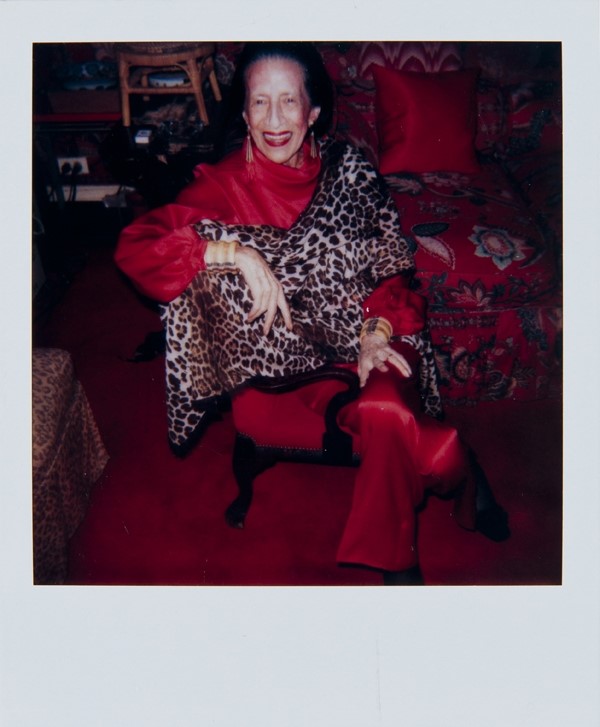
2. In 1977 Warhol began work on two new series of artworks that would become known as Torsos and Dirty Art. According to The Warhol Museum, the idea for the series was born after a man approached him boasting about the size of his member. An exhibition of the works debuted at the Grand Palais in October 1977.
3. Former editor-at-large of American Vogue, André Leon Talley’s first job was as an assistant to Andy Warhol, for which he earnt $50 a week.
4. Carolina Herrera once swapped her Van Cleef jewellery for three portraits by Warhol.
5. In 1969 Mick Jagger wrote to Andy Warhol thanking him for agreeing to do the artwork for the Rolling Stones ninth studio album, Sticky Fingers. The sleeve featured a shot of Joe Dallesandro’s crotch with workable zip, and was the first appearance of the band's iconic tongue and lips, as designed by John Pasche.
"The idea for the Torsos and Dirty Art series was born after a man approached Warhol boasting about the size of his member."
6. 25 Cats Name Sam and One Blue Pussy is a privately printed, limited edition artist's book by Andy Warhol. The book actually only contained 16 cats called Sam and one named Blue Pussy. His mother, Julia Warhola did the calligraphy for the book.
7. Police in Nassau County, New York adopted talking urinals in an anti-drunk driving initiative. Using Wizmark, a talking urinal screen, police can provide bars with free pre-programmed urinal screens urging patrons not to drink and drive.
8. Andy Warhol's luminous image of a gently rotting banana, and the caption "Peel slowly and see", adorned the front cover of the Velvet Underground's debut album, titled The Velvet Underground & Nico. On early editions, the image was a sticker which could be peeled off to reveal a flesh coloured banana.
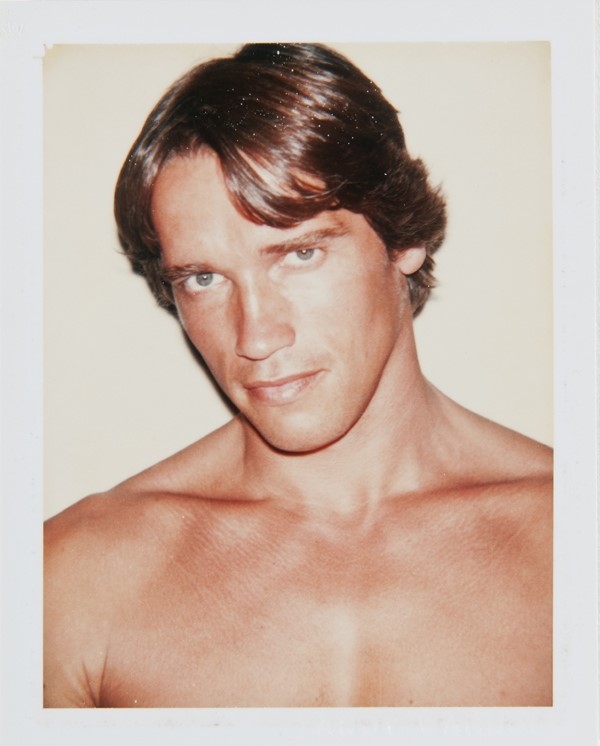
9. Arnold Schwarzenegger’s immortal line in the film The Terminator, “I’ll be back”, was originally in the script as the somewhat less effusive “I'll come back”.
10. Diane Von Furstenberg appeared on the cover of Newsweek in November 1976 having sold five million wrap dresses.
Andy Warhol Photography is at Privatus, 43 Grosvenor Street, W1K 3HL from February 11-March 1. Privatus is a private sales and advisory company focused exclusively on collectibles and passion investments.
Text by Caroline Lever and Daisy Woodward
